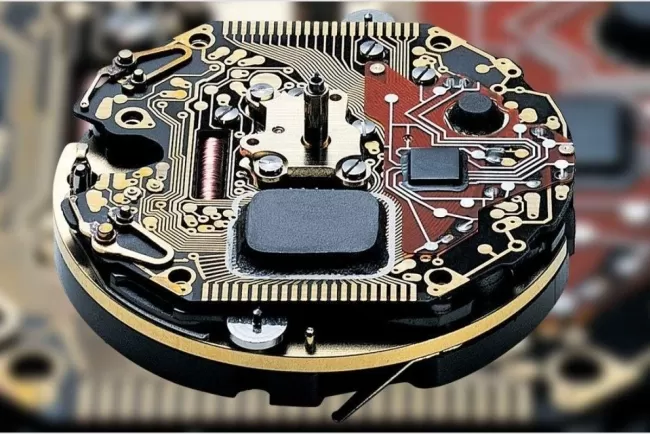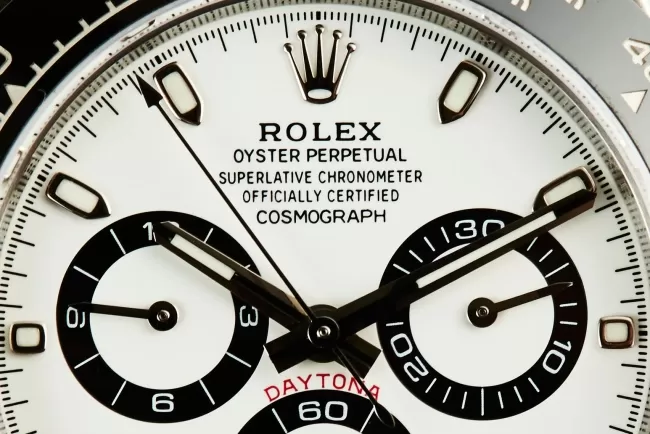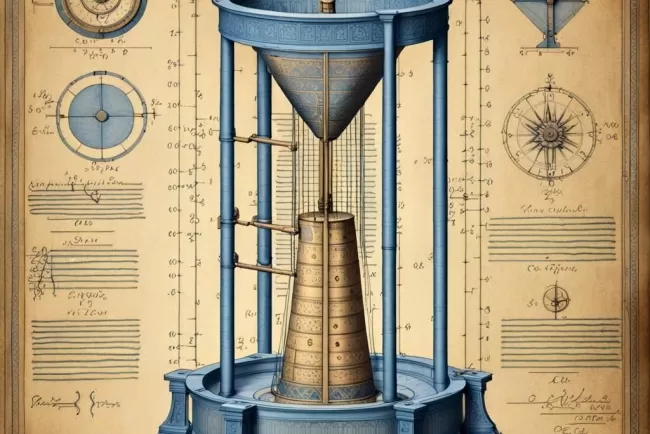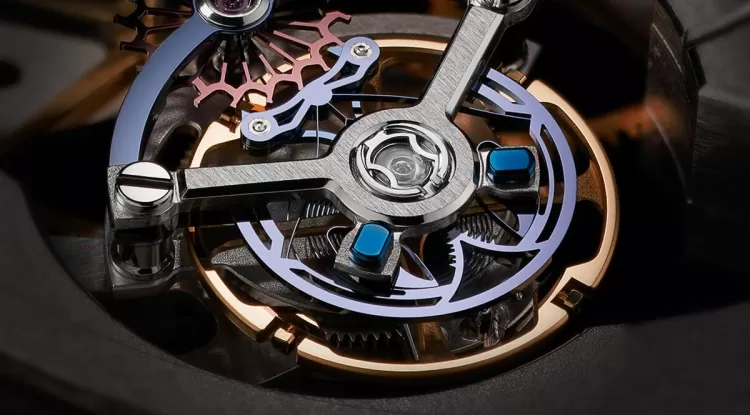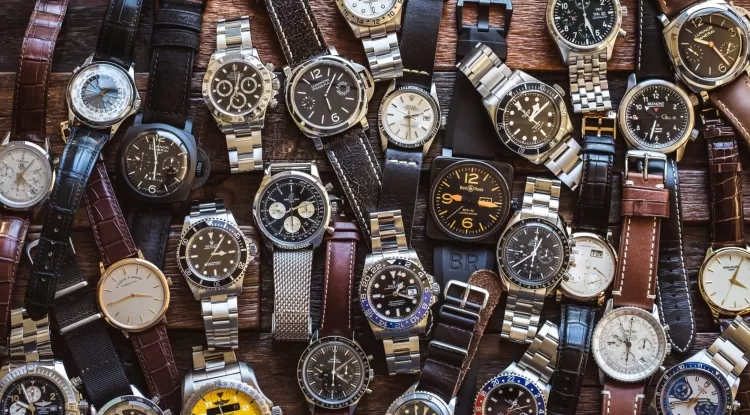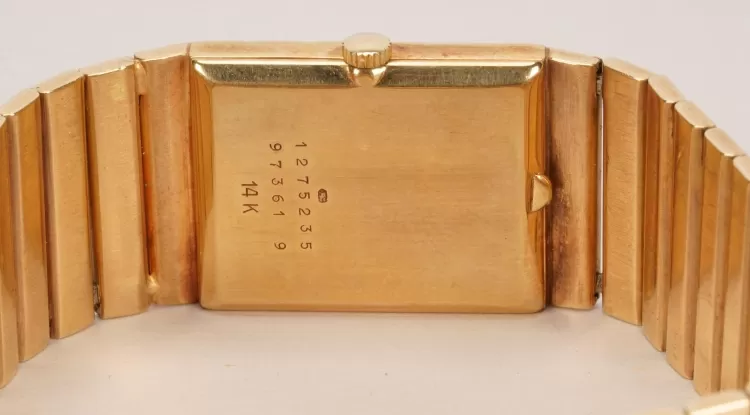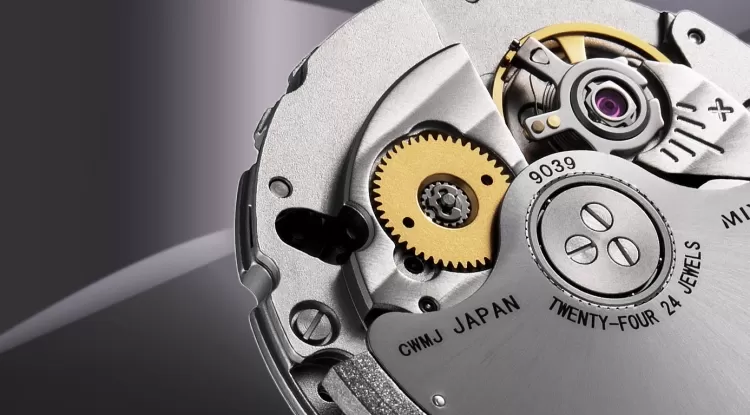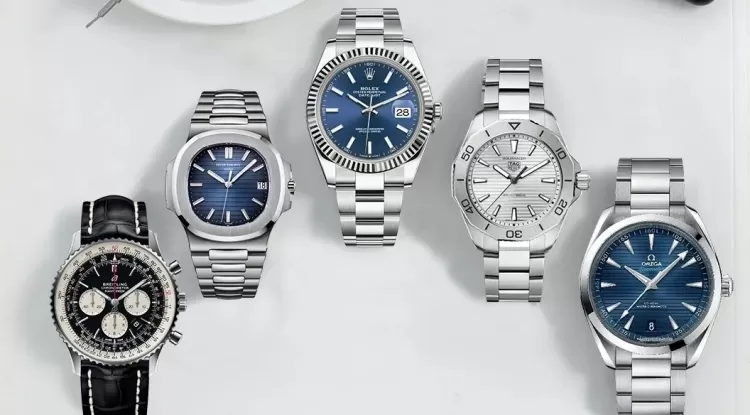Why Vintage Watches Have Become a Smart Investment
Discover why vintage watches have become a sought-after investment. Learn what drives their value and which models collectors prefer.
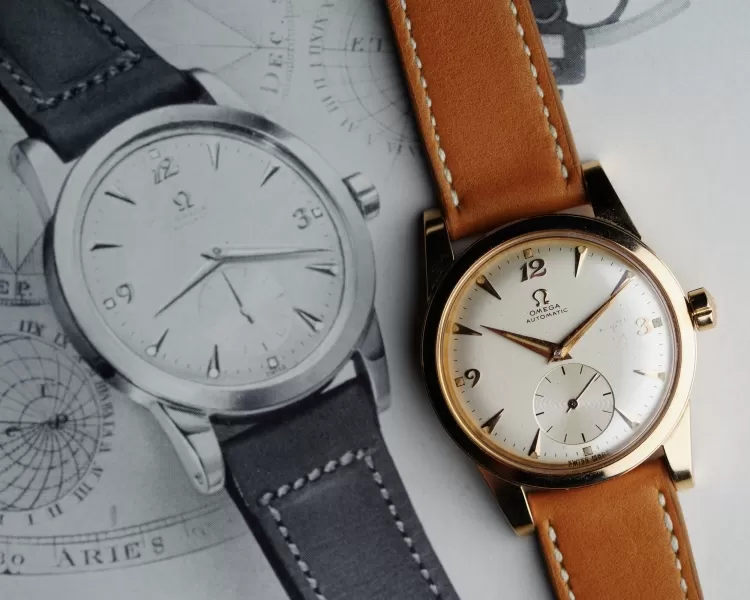
Once prized for their craftsmanship and style alone, vintage watches have evolved into sought-after investment assets. As collectors and enthusiasts search for timepieces with both historical value and financial upside, vintage watches are no longer just accessories—they’re long-term investments with impressive returns.
The Allure of Rarity
The first and most obvious reason vintage watches are valuable is scarcity. Limited production runs, discontinued models, and watches that were only available in certain regions make vintage pieces inherently rare. As time passes, well-maintained examples of these watches become even harder to find—driving up both demand and price.
Take the Rolex Paul Newman Daytona, for example. Once overlooked, it has now become one of the most coveted vintage watches in the world. In 2017, Paul Newman’s personal Daytona sold for over $17 million. That sale redefined the potential of vintage watches as financial assets.
Provenance and Heritage
Beyond rarity, vintage watches carry a rich heritage and unique stories. Watches worn during historic events or by famous individuals often command astronomical values. Even without celebrity provenance, pieces with full original packaging, service records, and matching serial numbers are viewed as highly collectible.
Collectors also appreciate the legacy of brands like Patek Philippe, Omega, and Heuer, all of which produced iconic watches that are now historically significant. Models like the Patek Philippe Nautilus 3700 or the Omega Speedmaster “Pre-Moon” have become grails due to their roots in innovation and design.
Mechanical Value and Craftsmanship
Unlike many modern mass-produced timepieces, vintage watches were often handmade or assembled with a high degree of human skill. The mechanical movements found inside these watches reflect an era of horology where attention to detail and durability were paramount. Today, collectors value that artisan-level craftsmanship, knowing that such quality is increasingly rare in modern watchmaking.
Supply vs. Demand
Basic economics also play a role. As the number of collectors and investors interested in vintage watches rises, the supply remains fixed—or even shrinks as watches become damaged or lost. This imbalance fuels price increases year after year. Auction houses like Phillips and Christie’s now dedicate entire events to vintage watches, where bidding wars break out over rare models.
A Tangible Asset in an Intangible World
In an age dominated by digital currencies and stocks, some investors find comfort in tangible assets. Vintage watches offer both portability and prestige. They can be worn and enjoyed while simultaneously appreciating in value. Unlike stocks, they don't crash overnight—and if cared for properly, they last generations.
What to Look for in a Vintage Investment Watch
If you're considering entering the vintage market, pay attention to factors such as:
- Originality: Avoid heavily modified or restored watches.
- Condition: Minor wear is acceptable, but pristine condition significantly boosts value.
- Provenance: Documentation adds authenticity and increases desirability.
- Brand and Model: Stick with recognized names like Rolex, Patek Philippe, Audemars Piguet, and Omega.
- Rarity: Limited production or discontinued models are always in demand.
What's Your Reaction?








